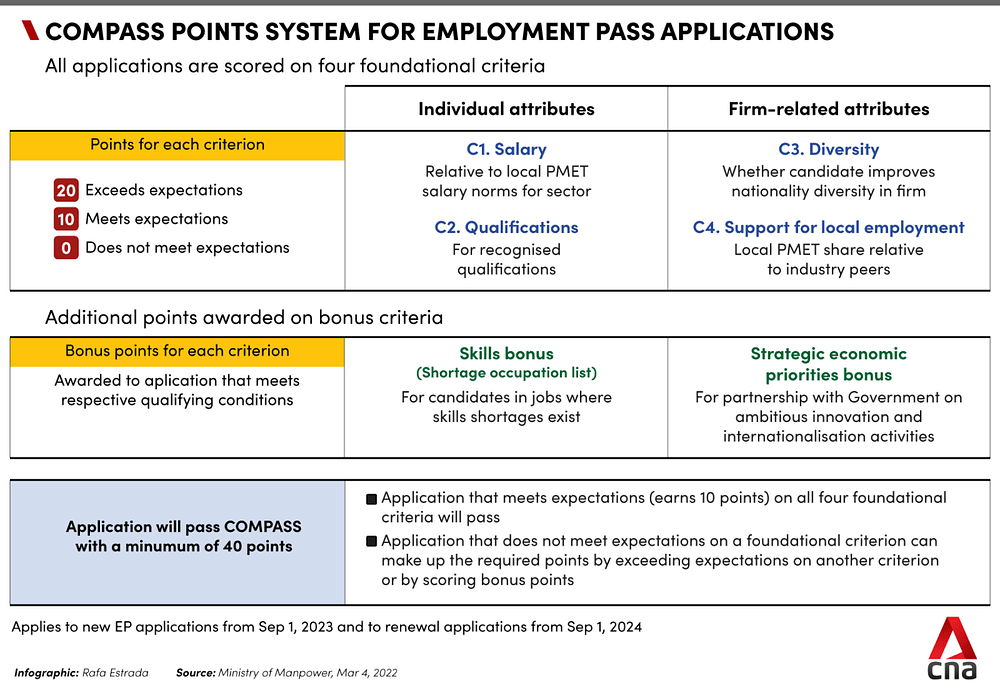
Executive Summary:
United Overseas Bank (UOB) is one of the leading banks in Singapore and has a strong presence in Southeast Asia. The bank's financial performance in 2022 was solid, with a net profit after tax of SGD 4.5 billion, up 8% from the previous year. The bank's total assets grew by 6% to SGD 518 billion. UOB's well-diversified business model includes retail banking, commercial banking, and wealth management. The bank's strong capital position and diversified business model make it an attractive investment opportunity for investors looking for exposure to the banking sector in Southeast Asia.
Business Overview:
UOB was founded in 1935 and is headquartered in Singapore. The bank has a well-diversified business model that includes retail banking, commercial banking, and wealth management. UOB operates in over 19 countries and territories worldwide, with a strong presence in Southeast Asia.
Retail Banking: UOB's retail banking segment provides various financial products and services to individuals and small businesses. These include deposit accounts, credit cards, personal loans, mortgages, insurance products, and wealth management services.
Commercial Banking: UOB's retail banking segment provides financial products and services to small and medium-sized enterprises (SMEs) and corporations. These include working capital financing, trade finance solutions, cash management services, treasury products, and corporate advisory services.
Wealth Management: UOB's wealth management segment provides investment solutions to high-net-worth individuals (HNWIs) and institutional clients. These include portfolio management services, unit trusts, structured deposits, insurance products, private equity, and real estate investments.
Financial Performance:
UOB's financial performance in 2022 was solid despite the challenging economic environment caused by the COVID-19 pandemic. The bank reported a net profit of SGD 4.5 billion after tax, up 8% from the previous year. The bank's total assets also grew by 6% to SGD 518 billion.
One of the key strengths of UOB is its strong capital position. The bank's Common Equity Tier 1 (CET1) capital adequacy ratio (CAR) was 15.3%, well above the regulatory requirement of 9%. This gives UOB a vital buffer against potential losses and allows it to continue growing its business.
UOB's net interest margin (NIM) was 1.63% in 2022, down from 1.67% in the previous year. This was due to the low-interest rate environment and increased competition in the banking sector. However, UOB's non-interest income grew by 12% in 2022, driven by higher fee income from wealth management and investment banking activities.
UOB's credit quality remained stable in 2022, with a non-performing loan (NPL) ratio of 1.6%, unchanged from the previous year. The bank's loan loss coverage ratio was also strong at 98%, indicating that UOB has adequate provisions to cover potential credit losses.
Valuation:
UOB's price-to-earnings (P/E) ratio is currently around 10.5x, which is lower than the average P/E ratio of its peers. This suggests that the market may be undervaluing UOB relative to its peers. However, investors should also consider other factors, such as the bank's growth prospects and risks, when making investment decisions.
Risks:
One of the critical risks for UOB is a country risk, which refers to the risk of loss due to specific events in a country that the Group has exposure to. As mentioned in the annual report, these events include political and economic affairs, social unrest, nationalisation and expropriation of assets, government repudiation of external indebtedness, and currency depreciation or devaluation.
Another risk is credit risk is another risk of financial loss arising from a borrower or counterparty failing to meet its contractual obligations. While UOB has implemented robust credit risk management practices, there is always a risk that borrowers may default on their loans, especially in times of economic stress.
Conclusion:
UOB is a well-managed bank with a strong capital position and diversified business model. Despite the challenging economic environment, the bank's solid financial performance in 2022 demonstrates its resilience and ability to adapt to changing market conditions. While there are risks to be aware of, UOB's solid fundamentals and attractive valuation make it an attractive investment opportunity for investors looking for exposure to the banking sector in Southeast Asia.
Opinions:
UOB is a well-managed bank with a strong track record of solid financial performance. The bank's diversified business model and strong capital position give it a competitive advantage in the Southeast Asian banking sector. While there are risks to be aware of, such as country and credit risks, UOB's management team has implemented robust risk management practices to mitigate these risks.
Looking ahead, UOB is well-positioned to benefit from the economic recovery in Southeast Asia as countries continue to reopen and businesses resume operations. The bank's strong presence in the region and its focus on digital transformation also bodes well for its long-term growth prospects.
In addition, UOB's recent acquisition of Citigroup's consumer banking business in Malaysia and Thailand is a positive development that will further strengthen the bank's position in these markets. The acquisition is expected to double UOB's retail customer base in these countries and propel it into the top retail banks by asset size. Overall, UOB is a solid investment opportunity for investors looking for exposure to the banking sector in Southeast Asia. The bank's strong fundamentals, attractive valuation, and growth prospects make it a compelling investment opportunity for long-term investors.
Backlinks:
UOB
World Economic Forum















